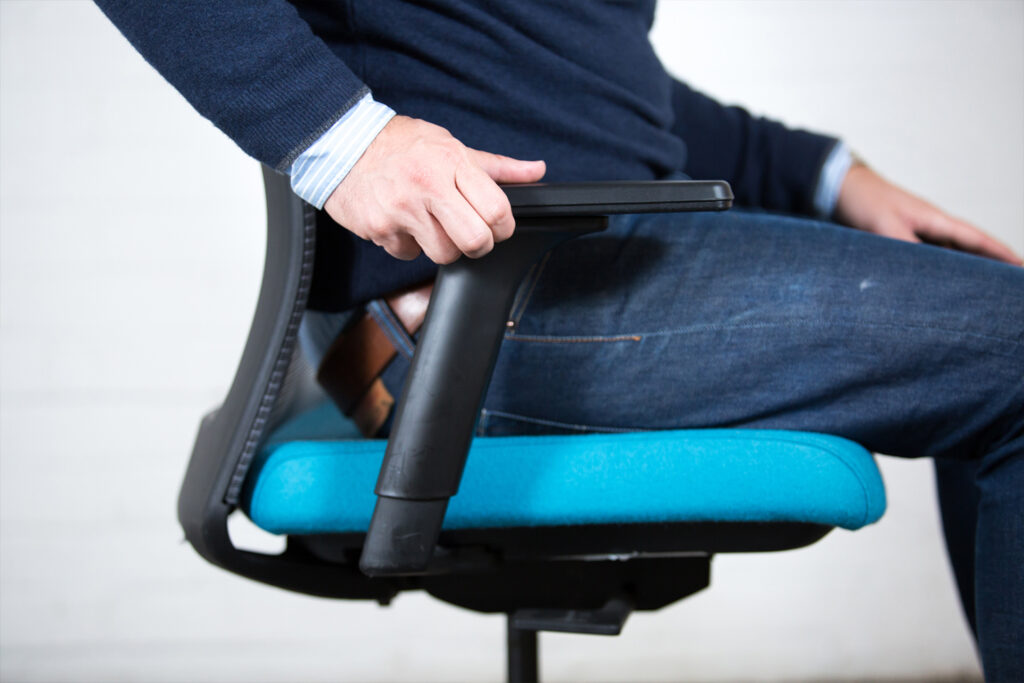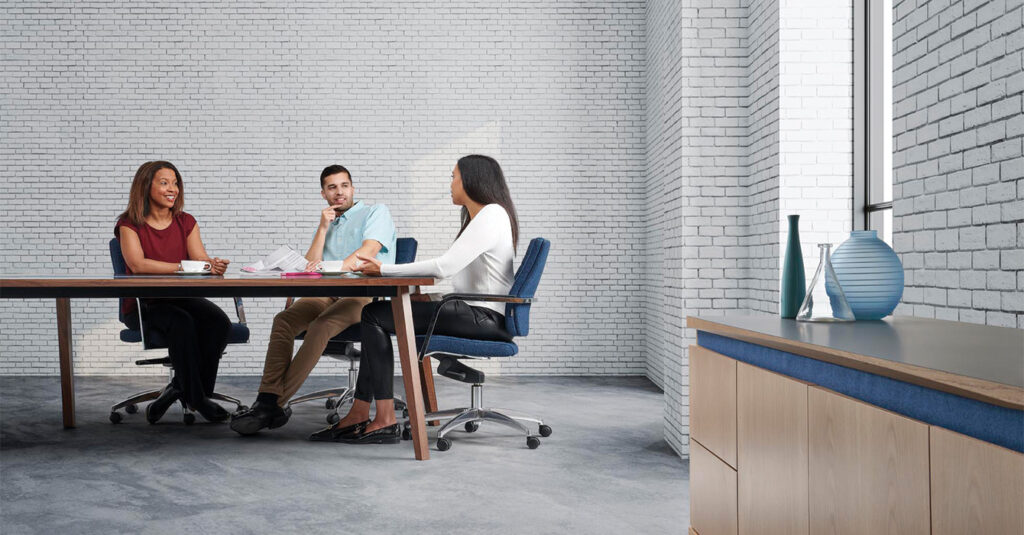Collaborations with some of the most respected designers in the world.
Although the human body is designed specifically for activity, a seated posture seems to be more our main body position. And not just when we are at work either – this applies whether we are eating, sitting in the car or
even in our leisure activities. More than 10 million people in the UK carry out their activities in a seated position which could be around 70,000 hours during their working life. Changes in the working environment, together with ever-increasing technology in the office is creating new risks to health.
The muscular activity, which is so essential for our health and well-being, is disappearing rapidly from our daily life. Lack of physical movement is one of the causes of many illnesses. The design of office seating has therefore had to change from simply providing comfortable chairs of various sizes, to the provision of a sophisticated tool that will provide dynamic posture support in the many different tasks now required to be undertaken at the workstation.

Sustainable solutions are at the heart of who we are.
For us, sustainability is a fundamental requirement rather than a choice. As one of the UK’s leading office furniture manufacturers we are committed to protecting the environment.
Inspirational workplaces attract and retain the best talent and enhance motivation.
Innovative thinking today for smarter workplaces tomorrow.
Where, when and how we work is constantly evolving. Today, workplaces need to be flexible to respond to diverse new expectations.
At Verco, we don’t just create intelligent office furniture; we craft spaces of concentration, application and productivity, places that inspire and motivate. We believe environments where the talented thrive today help grow the businesses of the future
